myHIN Blog
Category: Stigma Articles

February 05, 2014
Exactly Who Were You Trying to Reach?
The My Health Impact team and I tuned into the “We Are Empowered” discussion and webcast via VH1 hosted by Alicia Keys. This was a really good and informative webcast but I found myself completely disappointed that this was not aired on TV. This discussion would have been the perfect opportunity to open the door to discussion in homes, among friends and in relationships.

The women featured shared their own stories. To me their stories shed light on a different side of HIV that is very rarely shown. Who knew that having kids and maintaining a family was possible AFTER contracting HIV? I do, the My Health Impact team does, those that knew to go to VH1.com to watch know as well. As you can see, the fact that this was not showed on TV bothers me. This deeply bothers me because those that took the time to
go watch were interested in watching whereas the majority that probably needed to be tuned in, probably did not know about the webcast at all. This makes me question, who was the target audience? Those that already have a pretty good concept of what HIV is or those that are ignorant of the issue? The discussion always come back to education and how the key to ending the stigma surrounding HIV is educating but how well was that accomplished with this? In my honest opinion, not very well.
Please don’t mistake my criticism as not thinking this was a great webcast and discussion via Twitter. I believe that the webcast was so good that it needed to be on TV for all to see.
Share

December 19, 2013
Black Innovators
Ory Okolloh, Steve Stoute, and Navarrow Wright, what do these names mean to you? Probably nothing for the moment, but below shows what they’ve done and hopefully you’ll be able to see how bright their futures still are. When we speak about African Americans in technology it shouldn’t sound like a black history month elementary project. Have we as African American not been paving the way for our own people to succeed? Looking through some recent technology advancements there aren’t many of “us” in those magazines. Let’s change that; Progression.
Ory Okolloh, Policy Manager, Africa for Google and co-founder of Mzalendo.com and Ushahidi.com

With an increasing number of top Fortune 500 companies originating from emerging markets, many analysts believe that the next tech leader will come from Africa. Harvard educated Ory Okolloh has created both the watchdog site Mzalendo and the crime reporting site Ushahidi, and now serves as Google’s Policy Manager in Africa. Recognized as one of Fast Company’s Most Influential Women in Technology , she is set to become the new face of entrepreneurship on the continent.
Steve Stoute, founder and CEO of Translation
After conquering music, and now advertising, could the tech sector be next for Steve Stoute? As an admirer of Steve Jobs, a person who isn’t shy about entering new and emerging markets, the seasoned entrepreneur and executive would be a natural fit to fill Jobs’ shoes.
Navarrow Wright, co-founder of Global Grind and CTO of Interactive One
With Black buying power set to reach $1.1 trillion dollars by 2015, the African-American market remains a hot commodity. Navarrow Wright is making strides with this demographic as chief technology officer of Interactive One, the largest Black online community, as well as co-founder of Global Grind with Russell Simmons.
Share

December 12, 2013
The Key to Getting Tested.. HIV/Aids Awareness
I never knew that I had an interest in HIV/AIDS awareness and informing my community until my friend, Julian, and I went to get tested. If I could briefly remind and reminisce on that moment, we went to get tested on a Friday afternoon, most of the time campus is pretty deserted on Fridays, as it was on this day. We went into the room where the testing was being provided, and I could literally count on one and a half hands how many people I saw coming to get tested. Though I was still caught up in my own nerves, I was saddened and actually amazed that that room was not overflowing of people. To this day, I am still unable to fully understand why it wasn’t full of people. From that day, I decided that it is my goal to encourage people to get tested and to care about their sexual health.

I decided to go with one of my close friends here on campus but it’s absolutely nothing wrong with taking someone you don’t know that well; your suitemate, a co-worker, or even a study buddy. Take who makes you feel comfortable and if that’s someone you just know in passing, do it. It isn’t so much about whom you take with you but actually going and having that moral support. In my opinion, taking someone with you to go get tested alleviates the stress that comes with the whole situation. You have someone with you that shares some of the exact same feelings, from excited to scared and from nervous to even anxious. It’s ok to be scared momentarily together but in the end you’ll be aware of your status together.
Going with someone helps combat the stigma behind going to get tested for HIV and other STDs. You’re showing yourself and your testing buddy that it’s perfectly fine and normal to get tested. Go get tested. Break the walls of this stigma with a testing buddy.
Share

December 05, 2013
The Road to the Red Pump
This month makes six months that I’ve been onboard the myHealthImpact team. Thus far, it has been a very enjoyable experience and it truly feels like a family. MyHealthImpact will be attending the Red Pump Project. This project raises awareness regarding HIV/AIDS and its impact on females. Red Pump’s mission is to “promote HIV prevention through education, and open dialogue about the issues that surround sexual and reproductive health”.
While the color red is associated with energy, confidence, action and vitality, this aligns with The Red Pumps concept of empowerment for women. 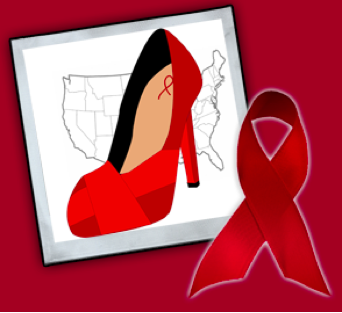 On the road to Red Pump, the myHealthImpact team will document our journey and experiences. With the mixture of personalities that are currently on the team, I know that we are bound to have a memorable time. Our team will be actively involved in the Red Pump event, so be on the look out for our videos, tweets, pics and blogs. Though this event is geared around women, the HIV/AIDS epidemic has affected both genders tremendously. As a male. I do believe that I will be able to benefit from attending this event on behalf of myHealthImpact. Increasing your knowledge base is always a positive aspect to one’s role in developing as an individual.
On the road to Red Pump, the myHealthImpact team will document our journey and experiences. With the mixture of personalities that are currently on the team, I know that we are bound to have a memorable time. Our team will be actively involved in the Red Pump event, so be on the look out for our videos, tweets, pics and blogs. Though this event is geared around women, the HIV/AIDS epidemic has affected both genders tremendously. As a male. I do believe that I will be able to benefit from attending this event on behalf of myHealthImpact. Increasing your knowledge base is always a positive aspect to one’s role in developing as an individual.
Spreading the information to others not only help those who don’t know but can potentially save lives. Preparation for this event ties into this month’s 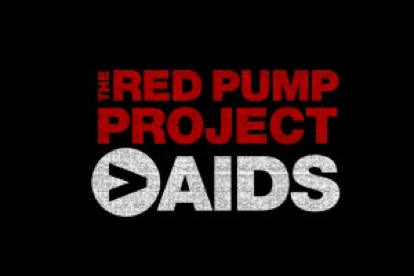 focus, which is HIV Awareness and World AIDS Day (December 1). The spreading of diseases can be prevented, and more events can be hosted to inform the community of the disease. This event is going to be amazing, and I’m looking forward to it. Be on the lookout for the video footage and other information pertaining to myHealthImpact’s involvement with the Red Pump Project.
focus, which is HIV Awareness and World AIDS Day (December 1). The spreading of diseases can be prevented, and more events can be hosted to inform the community of the disease. This event is going to be amazing, and I’m looking forward to it. Be on the lookout for the video footage and other information pertaining to myHealthImpact’s involvement with the Red Pump Project.
Share

November 03, 2013
Did You Know…
Did you know that in-home HIV testing was possible and readily available to the public, inexpensively? Well it is, with OraQuick. I’ve noticed (upon my own personal observation) many people are ashamed and just don’t want to be seen getting tested. OraQuick completely solves that issue.
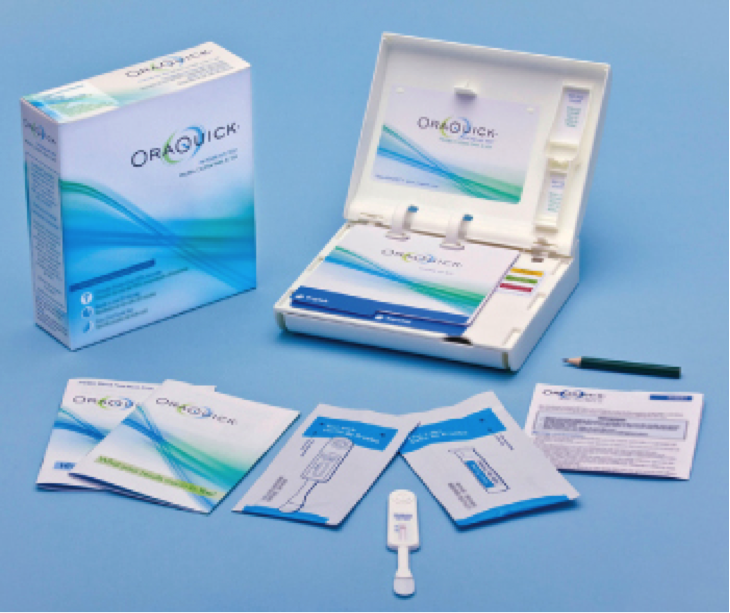
OraQuick is an in-home testing mechanism testing for HIV-1 and HIV-2. Being that it’s in-home, you don’t have to worry about confidentiality or anonymity being broken. The only person/people you’d have to worry about knowing your results are you, yourself…and well just you.
A couple of facts via www.oraquick.com concerning OraQuick:
- OraQuick is the first FDA-approved oral swab in-home test
- This is based on the same HIV test that healthcare professionals have used since 2004
- You get results in 20 minutes
- Being that this is an oral test, no blood is involved. You just swipe you gums
- Your test kit includes: step-by-step directions, an oral swab test stick and tube with solution, information booklets on HIV and testing, and package insert containing information about the test
You can purchase your OraQuick kit on its website as well as at some of your local health supply stores such as Rite Aid, CVS, Walgreens and even Wal-Mart as well as Kroger. Purchasing via the OraQuick website, it’s $39.99 (not including shipping and handling). Purchasing at Rite Aid would run you about $29.99.
I stress the importance of getting tested because it’s important and at that readily available. I feel as though it’s no excuse to have not been tested especially if you haven’t ever or your test results are invalid. College organizations are offering FREE testing, many clinics are offering FREE testing, and if you don’t want to do either, you can do so right in your own home for a fee that’s incomparable to knowing your status.
Share

October 21, 2013
Breast Cancer: Study Results, Causes, and Health Literacy
When thinking about breast cancer, many people automatically shift their focus to women. In particular, women within the African American community. Studies have shown that breast cancer is more common in white women than African American women. In all actuality, men are also susceptible to breast cancer. Just like women, men do have breast tissue, which has the possibility of developing breast cancer.
I was pretty surprised when I learned of this news. From my research, the exact cause of breast cancer is not known. Even though there is no exact cause, the risk of getting breast cancer increases with age. Factors such as family history and alcohol usage also increase the possibility of getting breast cancer. For males, the most cases for breast cancer have been detected between ages 60- 70. Overall, a male’s risk of obtaining breast cancer is only 1%. Though this percentage is fairly low, this doesn’t completely eliminate the possibility for men.
In terms of health literacy, everyone needs to be knowledgeable about breast cancer. Having this knowledge base can help improve the quality of life by recognizing the signs early and seeking treatment if necessary. Knowing that breast cancer is 100 times more likely in women than men, this encourages me to consistently check on the women in my life. It is my duty to ensure that they are going to get mammograms and maintaining a healthy lifestyle. Just knowing about breast cancer isn’t enough. Being proactive in your efforts can help save lives.
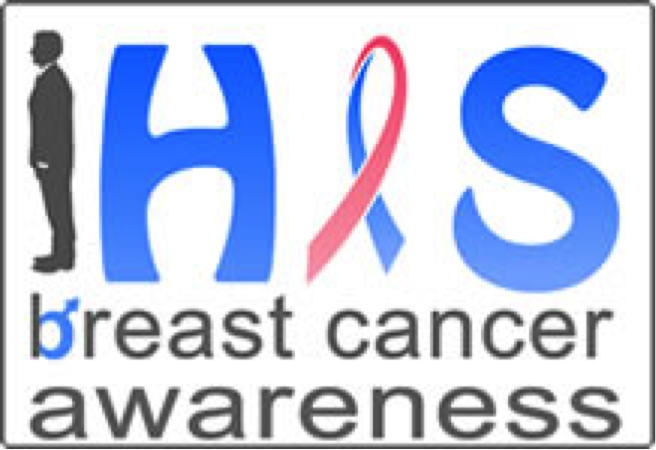
Follow us on Tumblr tumblr.myhealthimpactnetwork.org
Follow us on Twitter @myhealthimpact
Share

October 21, 2013
Telehealth & the Regulation of Mobile Applications
Could you imagine coming into the doctor’s office and getting a routine checkup with your doctor in another state? How could that be? Well with the rise in popularity with Telehealth this may possibly be a more common practice. Telehealth is the delivery of health related services and information via telecommunication technology. I’ve seen in one case a 5 foot or so mobile cart that could roll across offices with a screen on it. The Doctor was displayed on the screen and was able to communicate with the patient and other personnel in the room. It was amazing; the cart also contained an HD camera where the doctor cans accurately diagnosis the patient as if they were there. Not to mention all of this was in real time so the communication seems more natural.
This could also be applied to patients that are bedridden. Being able to see, talk, and hear your doctors from the comforts of your home that would allow patients to know that they are accurately being diagnosed. This also isn’t limited to just communication. Medical equipment can also be configured to send patient information to hospitals servers where their other personal information is stored. So imagine getting an accurate checkup from your doctor from your mobile device; pretty cool huh.

The Regulation of Mobile Applications
As consumers of technology we are all familiar with mobile applications or apps. Apps can range from entertainment all the way to media production. One area that may need more attention in this day and age is mobile medical applications. These apps are designed to provide assistant or even results to certain medical problems. Now this raises a few questions: “Are these apps begin regulated? Are they safe to use? Are they even worth trying? “
The FDA stated on Sept. 23, 2013 that they will not actively regulate low risk medical apps. They stated that apps that aren’t heavily regulated through the FDA are considered “Low risk”. Essentially if an app “transforms a mobile device into a medical device already regulated by the FDA” or can be used “as an accessory to a medical device already regulated by the FDA,” the FDA says that app will be subject to regulation.
But how many medical apps are there? Well in 2010 MobiHealthNews reported an estimate of 5,800 medical apps was available through smartphones. By June 2012 that number has risen to 40,000. Almost at the end of 2013, there’s no telling how many medical specific apps are available to us to use. Regulation is inevitable and safety will always be considered, especially when it comes to patients attempting to treat themselves.
Then there’s the side of the consumer. I personally never used an app that treated a health problem nor have I attempted to look for an app to treat a health problem. We may have the technology, but at the same time we can’t rely too much on it. Medical apps are a great step for the future, but “with great power comes great responsibility.” With more guidance and regulations, medical apps may become a standard of living.
Follow us on Tumblr tumblr.myhealthimpactnetwork.org
Follow us on Twitter @myhealthimpact
Sources
Profitable-practice.softwareadvice.com. N.p., 8 June 2013. Web. 1 Oct. 2013.
<http://profitable-practice.softwareadvice.com/
medical-apps-to-regulate-or-not-to-regulate-0713/>.
"Global Life Sciences: US-FDA Update." Sidley.com. N.p., n.d. Web. 1 Oct. 2013.
<http://www.sidley.com/
FDA-Says-it-will-not-Actively-Regulate-Low-Risk-Mobile-Medical-Apps-10-01-2013/>.
Share

October 13, 2013
Joint Blog with a Friend
My very good friend Julian and I, went to an on-campus HIV/STD free testing event (9/27/13). Upon walking into the room, we both just knew it would have been a packed room of individuals curious of their status. Boy, were we wrong. We could literally count on just two hands how many people were in there just during the time span we were there, which was almost an hour. I can only speak for myself but I was completely disappointed in the turn out. Why the stigma with getting HIV tested? Why weren’t a huge number of individuals there?
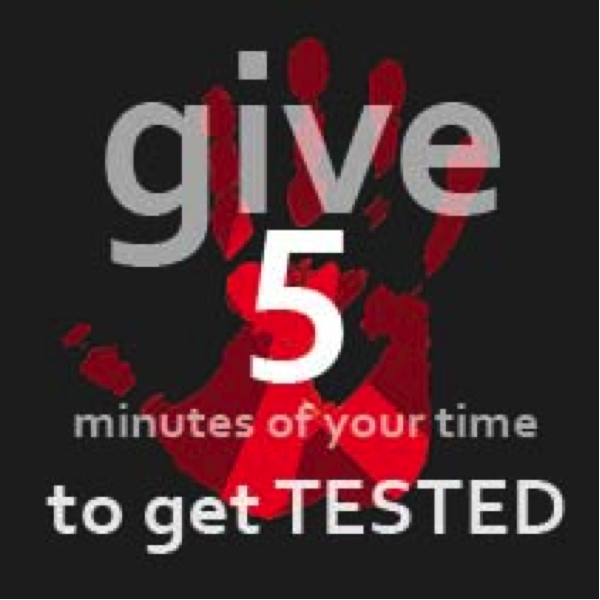
Granted, I have no idea how well this event was advertised but in the event that some entity is offering FREE testing, I just feel as though people should come out in numbers. I don’t know about you but I choose free over $60+ any day. Ok but back to my question, why the stigma? Julian and I discussed going to get tested prior to actually going and for some reason hesitated in doing so. I will be the first to admit, that at first, I was really scared. Scared to know. Scared to have to deal with. I honestly and truly believe that along with the previous listed, people just don’t want to be seen getting tested, but why not??? Please be reminded that this is just my opinion, but I respect an individual for knowing their status versus playing Russian roulette with not only their life and health but with others as well.
By: Julian Cobb
It still blows my mind that people would pass up an opportunity to get tested for FREE. This generation can stay in tune with the latest music or even spend time scrolling down their Instagram timeline but can’t take a few minutes to partake in something that can dramatically impact their lives. I understand that people may feel intimidated or just scared of not going because they fear what the results might say. I was always taught that fear is nothing but false- evidence- appearing- real. Going to get tested with a friend, just like I did with Keiara, is a good way to ease that anxiety. It is better to know for yourself than to keep wondering “what if”. Too often people are concerned about what others think of them. Quite frankly, knowing that you got tested might encourage someone else to do the same. Never underestimate the power that resides within you because I guarantee that somebody is watching. The question is what do you want them to see? You taking the initiative to get tested or being passive because of fear? Fear is only what you make it. You have control over your thoughts so choose to be positive and know your status.
Ever since we went to get tested, we’ve truly been playing the waiting game but it has been on my heart and mind that people really hate to talk about HIV/STDs, really don’t want to get tested out of sheer fear. We encourage and challenge you to get tested, know your status, and then encourage others to do the same. I’m very glad that I…we went to get tested. We’re friends. We hold each other accountable.
Share
Page 5 of 5 pages ‹ First < 3 4 5
In Partnership with: Poole College of Management, College of Humanities and Social Sciences, National Science Foundation, Penn State
Take Action, Get Tested: Find Your Local Testing Center Why Get Tested?
